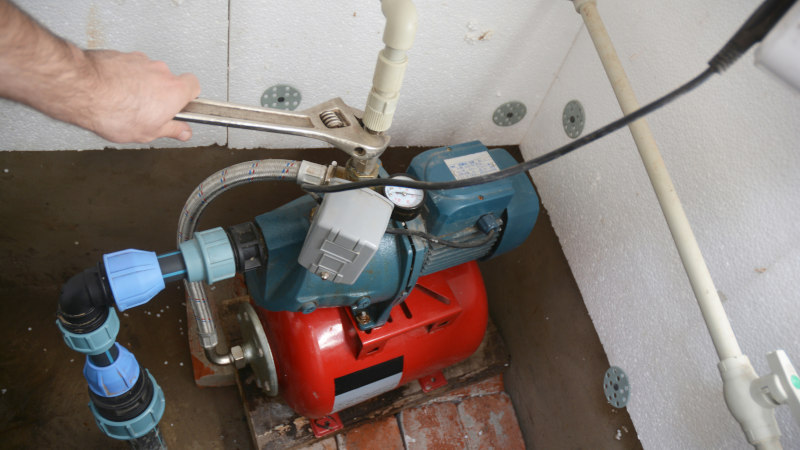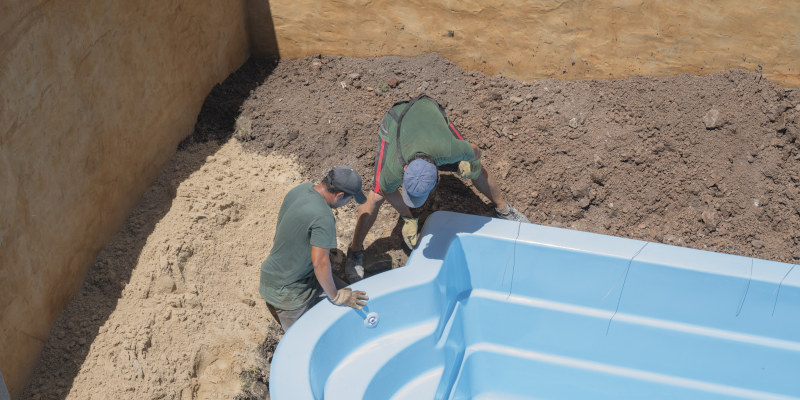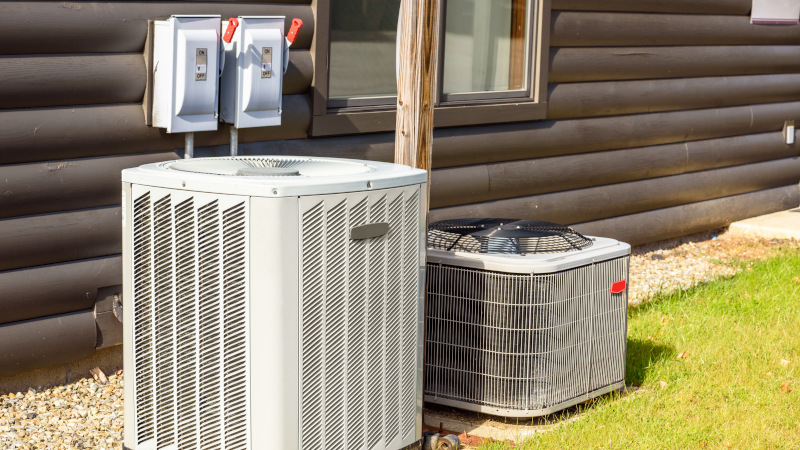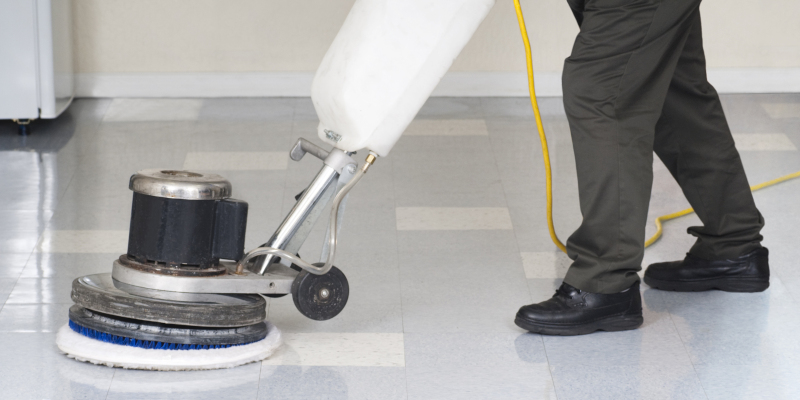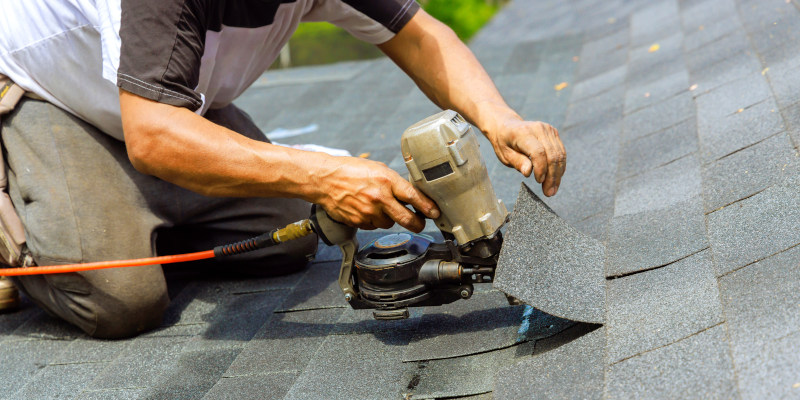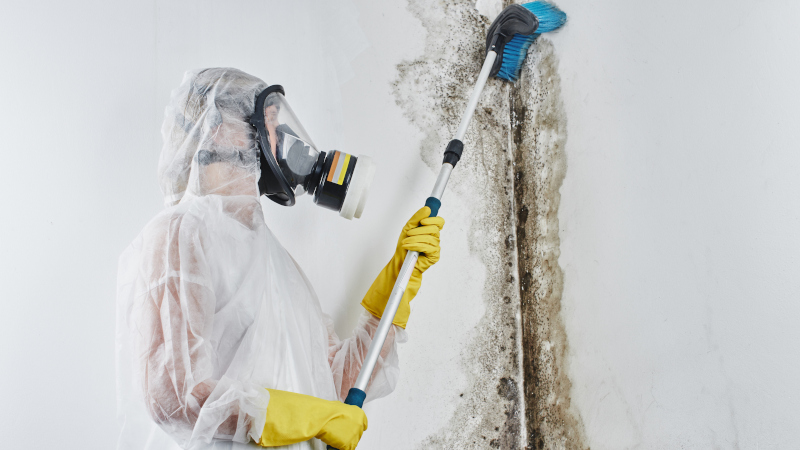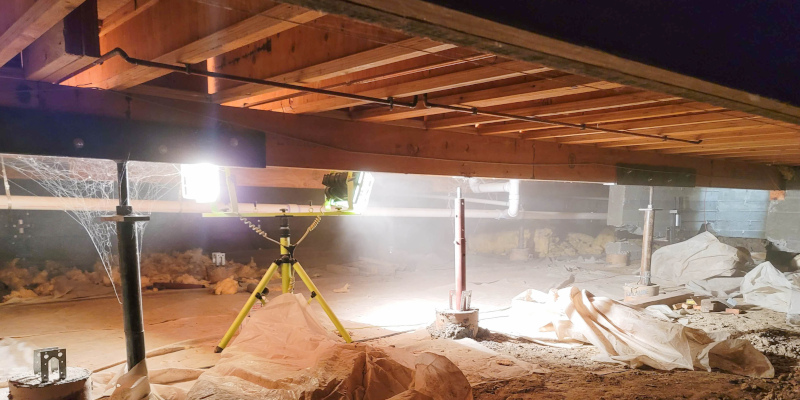When you think of health and safety requirements in the workplace, you may not immediately think of contractor safety. Workplace safety is important not only for the employees on your payroll, but also for your contractors. It is equally important to get contractors involved in your safety practices to help them remain healthy and safe while on the job, since their wellbeing is still your responsibility. You will be liable if a contractor is injured while they are performing work for your company. To help protect everyone involved, here are three best practices to implement for contractor safety.
1. Check qualifications. Before you hire a contractor, check their safety record and how they handle safety procedures. Ask for copies of any licenses, permits, or certifications that may be required for projects, such as electrical or forklift licenses. Contractor safety starts with knowing the potential risks of the job and hiring someone who is well equipped to take the appropriate precautions.
2. Make safety requirements part of the contract. You already have contracts to define your expectations of the job to be performed, so including health and safety expectations will reinforce how your workplace prioritizes contractor safety. This should include federal and provincial requirements along with any company-specific standards, such as a safety program or additional training.
3. Establish checkpoints. No matter the length of a contract, establish checkpoints where you can monitor a job and make sure that safety is being prioritized. This can include things like safety checklists, walking through the job site, or other assessments which give you the opportunity to check in with your contractors and flag any unsafe practices or conditions.
By incorporating contractor safety into your company’s health and safety practices, you will benefit from having a clear procedure which protects both you and your employees.


